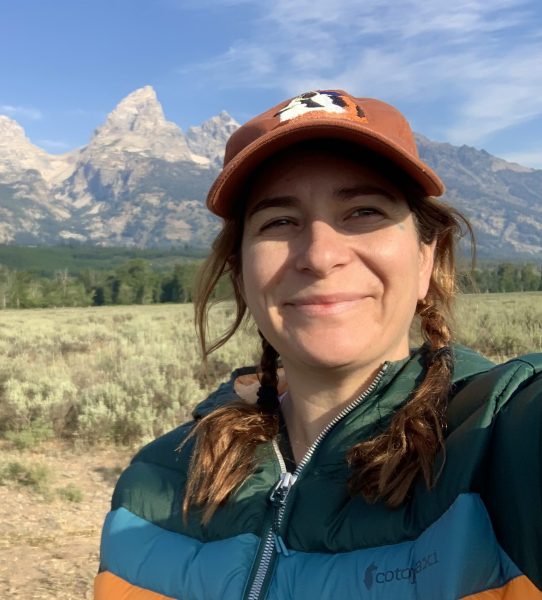Sediment analysis of Agua Hedionda coastal lagoon for paleoenvironment reconstruction

Christine Sestak – BS candidate
Advisor: Dr. Jillian Maloney
December 10, 2021 at 9:30 am
CSL 422
watch Christine’s defense here
Abstract
Coastal lagoons of southern California have undergone significant natural and anthropogenic changes during the Holocene. Lagoonal environments are spatially and temporally complex, allowing a combination of sediment processes to occur. Natural sediments within these coastal regions reveal characteristics of paleoenvironments that can aid in the understanding of changing climates throughout the past. It is important to understand how these lagoons have changed in the past to help manage their resources in the future. Sediment analysis of three vibracores from Agua Hedionda Lagoon in San Diego County, were conducted to learn more about the paleoenvironments of the lagoon. Results show a coarser grained subenvironment along the edge of the modern lagoon, and primarily muddy sediment moving landward. We interpret the coarser grained sediment core to represent a subenvironment that is higher energy within the lagoon setting; perhaps adjacent to a channel or from a tidal source. Of the three sediment cores, the furthest one inland displays a 1-2 cm light colored layer of unknown origin. The light layer had similar grain size to the rest of the core, suggesting the energy of the environment didn’t change. Upon further investigation, the presence of gypsum and calcite in the light layer were detected; this is not observed elsewhere in any of the three cores. This is interpreted to represent a period of drying at the location of the core, which could have been localized, or a lagoon-wide event. Future work could resolve the timing of the drying event through radiocarbon dating, and collection of additional cores to map out the extent of the desiccation. This will help to highlight major changes that would have occurred in San Diego County estuaries during the Holocene.

